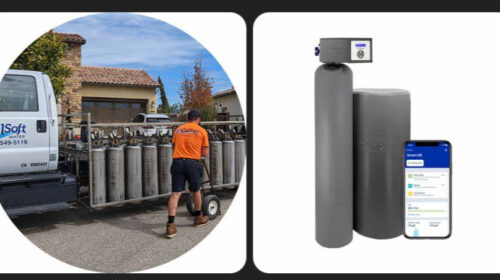Hard water is a common concern for Southern California homeowners — but is installing a water softener always the right answer? Like any home improvement investment, there are trade-offs. In this article, we’ll explore the real-world pros and cons so you can make an informed decision.
✅ What Is a Water Softener?
A water softener is a system that removes minerals like calcium and magnesium from your water. These minerals cause hardness, which can lead to scale buildup, clogged plumbing, and reduced efficiency in appliances like washing machines and dishwashers.
Most water softeners work through a process called ion exchange, where calcium and magnesium ions are swapped for sodium (or potassium) ions — effectively “softening” the water.
🛠️ Pros of a Water Softener
- Protects Plumbing & Appliances
Softened water prevents mineral buildup in pipes, fixtures, and appliances, extending their life. - Improves Soap & Detergent Performance
Hard water makes soap less effective. With soft water, you’ll need less detergent and enjoy cleaner results. - Enhances Water Heater Efficiency
A softener can improve energy efficiency by reducing scale buildup inside water heaters. - Better for Skin & Hair
Many homeowners notice softer skin and shinier hair after switching to softened water.
⚠️ Cons of a Water Softener
- Initial and Ongoing Costs
A full system installation can cost $1,000–$3,000, plus ongoing salt or potassium purchases. - Requires Maintenance
Filters must be changed periodically, and salt or potassium levels must be maintained. - May Add Sodium to Water
Sodium-based softeners slightly increase the sodium content in your water. For some, this is a concern — particularly on low-sodium diets. - Not Ideal for All Areas
In regions with moderately hard water or limited space, a softener might not be essential.
🧠 A Sensible Approach for Southern California
If your faucets clog with calcium flakes, your washing machine throws errors, or your shower valves fail prematurely — a softener could absolutely save you money in the long run.
But not every system requires aggressive treatment. For many homes, combining a pressure regulator, a dual-stage filter, and a softener with a bypass valve offers flexibility and efficiency.
👉 Learn how we mounted our water softener and filter system inside a Costco Shed:
0255 – Designing a Shed-Based Water System (Costco Buildout)


Leave a Reply